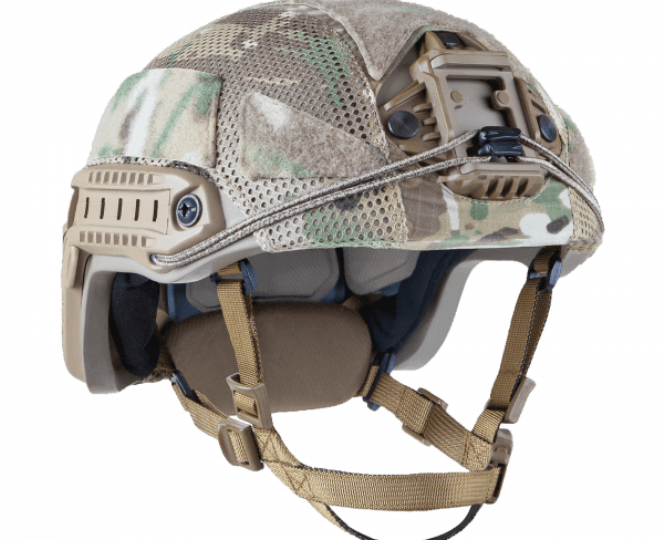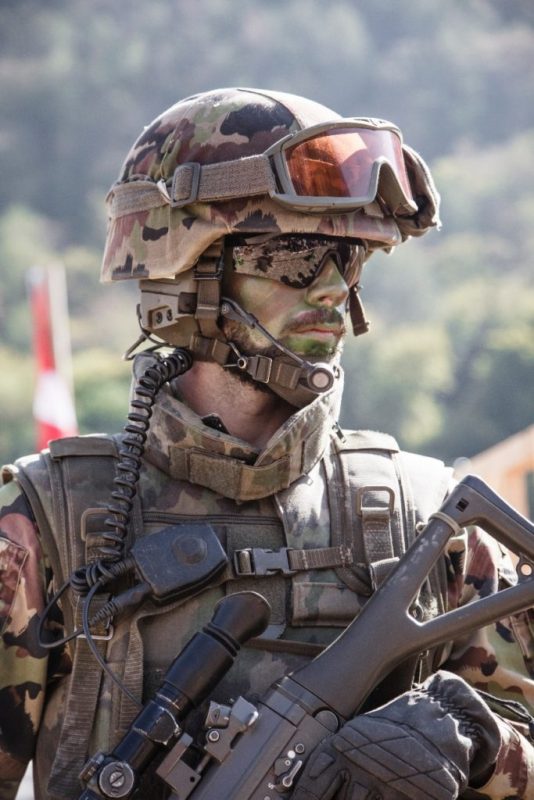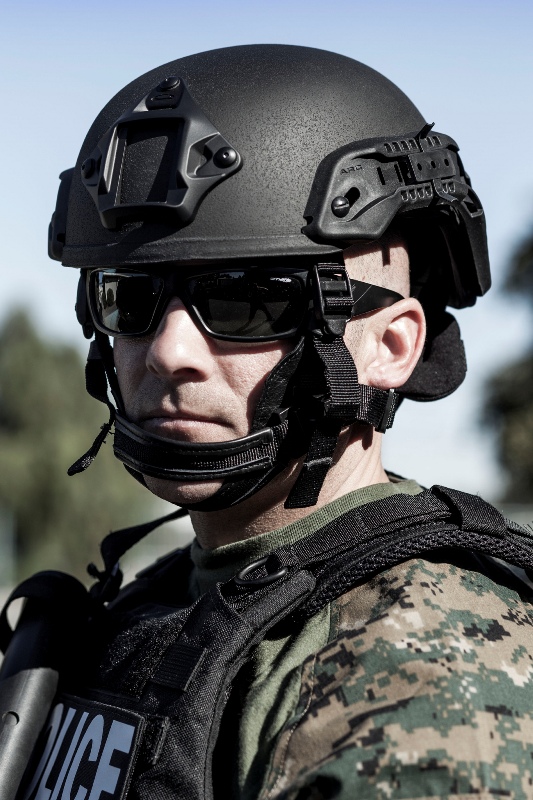
Choosing the Best Ballistic Helmet
Ballistic helmets, together with some essential pieces of equipment like combat boots, are often outside of the public eye when it comes to importance because they are not featured so much in the media. You want to see the actors chiseled facial features in a movie, and that isn’t as prominent under so much protection.
But, in real life, that helmet will save your life when push comes to shove.
Although the most advanced ballistic helmets will stop a bullet from any handgun round, that is not their primary purpose. Headshots are rare, but explosions, debris, and people trying to whack you on the head are aplenty.
There are three types of ballistic helmets, depending on the job you need them to do:
High cut ballistic helmets for speed and vocal communication
Mid-cut ballistic helmets for utility
Low cut ballistic helmets for maximum protection from explosives
We did mention the mid-cut here, even though it is quickly falling out of favor due to the increased utility on the high cut helmets and reduced weight on the low cut ones.
Where Do You Need a Ballistic Helmet?

Any job where there is a chance of something exploding will benefit from your wearing a ballistic helmet. Aside from grenades and IEDs, there are also chemical compounds and machinery that might explode as a mishap.
Law enforcement today has a huge problem with illegal drug production facilities that are usually held up by prayer and duct tape, and where something can explode any second, sending shards of sharp glass and metal everywhere. In these cases, even a light high cut helmet like the HCBH™ from UARM can save your life, as well as prevent those shards from bouncing back to your body.
Additionally, faces are easily recognized as a weak spot by criminals and other shady characters. You will want to break that line and discourage anyone from shooting you in the face. That way, even if you weren’t careful enough, you will still survive.
Debris Protection
Shrapnel is not the only thing sent flying in an explosion. Debris might not be as dangerous, but because of the angle, it is often thrown it can come from nowhere. Also, even a pebble can cause a small concussion, leaving you incapacitated in the field.
Also, there doesn’t always need to be an explosion to send trash, rocks, and other material flying on your head. A building partially collapsing can have material falling on you at random times, in random places.
Non-Ballistic Bump Helmets

If you are not used to wearing a helmet on the job, or you are not endangered by explosions, you should practice. Light CBH™ Carbon Bump Helmets can be used for training or sports and leisure activities where you won’t be under attack.
These helmets are light, comfortable, and easy to carry around, and they might prepare and acclimate you for wearing heavier ballistic helmets once you need them. This way you will keep all of your maneuverability and be able to do everything as before, but with no risk to your head.









